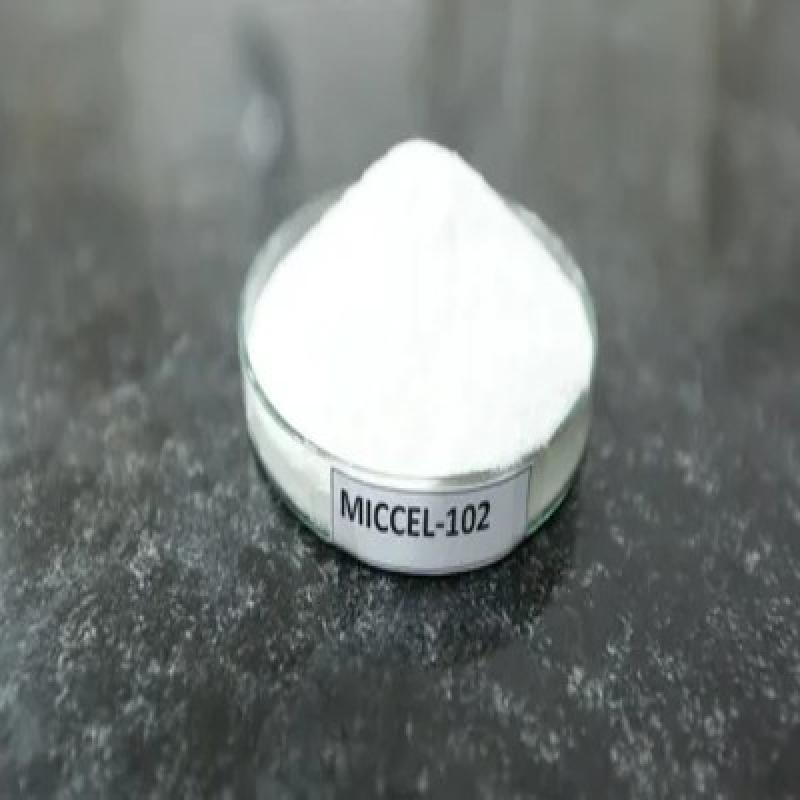Exploring the Versatile Applications and Benefits of Microcrystalline Cellulose in Various Industries
Microcrystalline cellulose (MCC) is a highly versatile and widely used ingredient that has found applications across various industries, including pharmaceuticals, food and beverage, cosmetics, and more. This article delves into the properties, production process, and diverse uses of MCC, highlighting its importance in modern manufacturing.
What is Microcrystalline Cellulose?
Microcrystalline Cellulose is a purified, partially depolymerized cellulose derived from high-quality wood pulp or cotton linters. It is a white, odorless, and tasteless powder composed of porous particles with a crystalline structure. MCC is known for its excellent compressibility, binding properties, and low moisture content, making it an ideal ingredient for numerous applications.
Production Process of MCC
The production of Microcrystalline Cellulose involves several steps. First, high-quality wood pulp or cotton linters undergo a pulping process to remove impurities and isolate the cellulose fibers. The purified cellulose then undergoes partial depolymerization using acid hydrolysis, typically with hydrochloric acid. This process breaks down the amorphous regions of the cellulose, leaving behind the crystalline segments. The resulting slurry is neutralized, washed, and dried to obtain the final MCC product.
Applications in the Pharmaceutical Industry
Microcrystalline cellulose finds extensive use in the pharmaceutical industry as an excipient in the formulation of various dosage forms. Its unique properties make it an excellent binder, diluent, and disintegrant in tablets and capsules. MCC enhances the compressibility and flowability of powder blends, ensuring uniform and consistent dosage forms. Additionally, it acts as a disintegrant, facilitating the breakup of tablets and the release of active ingredients in the body.
MCC in Food and Beverage Products
The food and beverage industry also benefits from the use of microcrystalline cellulose. It serves as a texturizing agent, stabilizer, and fat replacer in various products. MCC can improve the mouthfeel and creaminess of low-fat and reduced-calorie foods without compromising taste or texture. It is commonly used in dairy products, baked goods, sauces, and beverages to enhance stability, prevent syneresis, and modify rheological properties.
Cosmetic and Personal Care Applications
Microcrystalline cellulose has found its way into the cosmetic and personal care industry due to its excellent absorbent and binding properties. It is used as a thickening agent, emulsion stabilizer, and suspension aid in creams, lotions, and gels. MCC helps to improve the spreadability and sensory properties of cosmetic formulations. Additionally, it can be used as an exfoliant in scrubs and cleansers, providing gentle abrasion to remove dead skin cells.
Other Industrial Uses
Apart from the aforementioned industries, microcrystalline cellulose finds applications in various other sectors. In the paper industry, MCC is used as a coating agent and filler to enhance the smoothness, opacity, and printability of paper products. It also serves as a reinforcing agent in plastics and composites, improving their mechanical properties and dimensional stability. Furthermore, MCC is utilized in the manufacturing of ceramics, paints, and adhesives.
Safety and Regulatory Aspects
Microcrystalline cellulose is generally recognized as safe (GRAS) by the U.S. Food and Drug Administration (FDA) for use in food and pharmaceutical products. It is also approved by the European Union and other regulatory bodies worldwide. MCC is non-toxic, non-allergenic, and biodegradable, making it an environmentally friendly ingredient. However, manufacturers must adhere to the specified purity and quality standards to ensure the safety and efficacy of their products containing MCC.
Future Trends and Research
As the demand for sustainable and natural ingredients grows, the market for microcrystalline cellulose is expected to expand further. Researchers are continually exploring new applications and modifications of MCC to enhance its functionality and performance. Innovations such as co-processed excipients and functionalized MCC are gaining attention in the pharmaceutical industry. Additionally, the development of novel production methods, such as enzymatic hydrolysis and the use of alternative raw materials, is being investigated to improve the efficiency and sustainability of MCC production.
Get This Report in Japanese Language: 微結晶セルロース
Get This Report in Korean Language: 미결정 셀룰로오스
Read More Articles Related to this Industry- Innovative Materials Revolutionizing Eyewear Design
About Author:
Ravina Pandya, Content Writer, has a strong foothold in the market research industry. She specializes in writing well-researched articles from different industries, including food and beverages, information and technology, healthcare, chemical and materials, etc. (https://www.linkedin.com/in/ravina-pandya-1a3984191)
